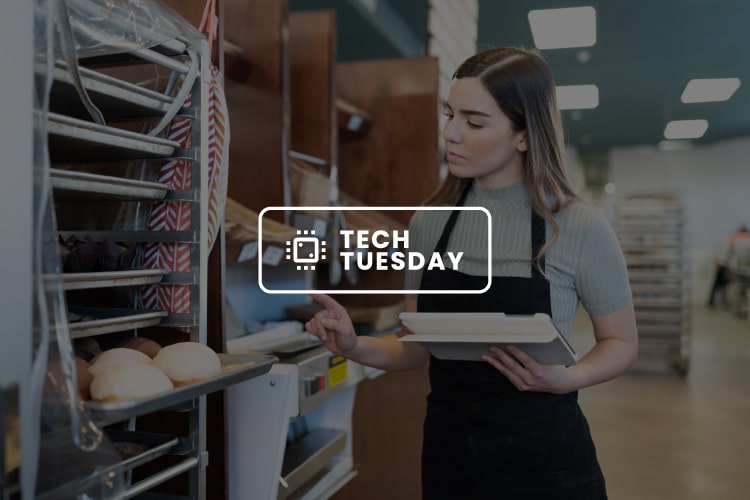For today’s restaurant business, maintaining consistency, efficiency, and cost-effectiveness across multiple locations is a significant challenge. That’s where a well-organized commissary kitchen comes into play. In this article, we’ll explore the essential aspects of running a successful commissary kitchen, from its benefits to best practices.
Benefits of a Commissary Kitchen
A restaurant commissary is a centralized facility where various recipe items are prepped to support multiple restaurant locations. For businesses with multiple branches, a commissary kitchen can be a game-changer. Here are some key benefits:
Volume and Labor Savings: Commissaries thrive on volume. The more items you can prep centrally, the more beneficial it becomes in reducing labor costs. Managing labor hours efficiently across multiple locations becomes much easier with a commissary kitchen, thanks to restaurant management software that tracks changes and financial impacts.
Consistency: With the same team preparing items for all your locations, you eliminate variations in how different teams prepare recipe items. This consistency ensures uniform quality across all your restaurants.
Reduced Storage and Space: A commissary kitchen reduces the need for equipment and inventory at each location. Fully prepped items take up less space in your walk-in than raw ingredients.
Key Components of a Successful Commissary Kitchen
To run a successful commissary kitchen, you need to focus on several key components:
Kitchen Leadership: Appoint a strong kitchen leader to coordinate between locations, manage demand, oversee prep, and manage inventory.
Full Kitchen Staff: You’ll need a full kitchen staff dedicated to commissary prep, generally working full-time.
Software Integration: Implement restaurant management software that manages recipe costing, COGs, and inventory. This software should be used across all locations to ensure consistency and efficient management.
Best Practices for Running a Commissary Kitchen
Location and Layout: Choose a location that is easily accessible to all your restaurant branches. Design an efficient layout that accommodates workstations, equipment, storage, and traffic flow.
Quality Control: Develop standardized recipes, source ingredients carefully, conduct regular inspections, and provide training to staff to ensure consistent quality.
Food Safety and Hygiene: Implement an HACCP plan, maintain strict sanitation protocols, monitor temperature control, and enforce personal hygiene practices among staff.
Efficient Operations: Create a production schedule, use batch cooking techniques, manage inventory effectively, and optimize workflow processes.
Packaging and Distribution: Develop packaging standards, ensure proper labeling, plan efficient delivery logistics, and maintain communication with restaurant locations.
Communication and Collaboration: Implement technology integration, establish feedback mechanisms, and involve key stakeholders in decision-making processes.
Sustainability: Implement waste reduction strategies, focus on energy efficiency, and consider local sourcing to minimize environmental impact.
Continuous Improvement: Use data analysis, conduct regular audits, encourage employee feedback, and consider open book management to identify opportunities for cost reduction and process improvement.
Conclusion
A commissary kitchen isn’t suitable for every restaurant business, especially single-location establishments. However, for multi-location restaurants, it can lead to significant cost reductions, improved consistency, and a better customer experience. By following the best practices outlined in this guide and leveraging the power of restaurant management software, you can establish and maintain a successful commissary kitchen that supports your restaurant locations, ensures consistent quality, and ultimately enhances customer satisfaction.



